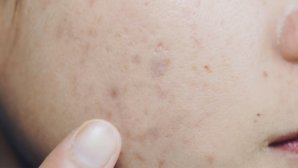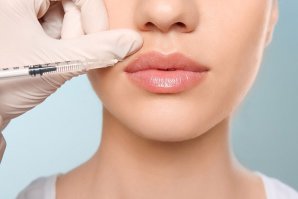PRP and PRF are two autologous treatments that utilize the patient’s own natural healing processes to target specific conditions and perform esthetic treatments. This blog explains what the procedure is, how the two treatments work, and what the key differences are. When it comes to medical and esthetic treatments, PRP (Platelet Rich Plasma) and PRF (Platelet Rich Fibrin) are two popular options that have gained significant attention in recent years. Although both treatments use platelet-rich blood components, there are some notable differences in their preparation, effectiveness, and use. This blog will discuss these differences and help you understand which treatment is more effective for your specific needs.
What are PRP and PRF?
Treatments that use platelet-rich blood components are autologous treatments which means they use components (cells, blood, tissue) from the same individual that they are treating. One notable comparison is stem cell therapy which is when healthy stem cells are transplanted into the bone marrow or blood.
PRP and PRF are non-surgical medical and esthetic treatments that use the patient's own blood to stimulate the growth of new cells and natural healing. The process involves taking a small blood sample from the patient and spinning it in a process called centrifugation in order to concentrate the platelets. These platelets contain a high concentration of growth factors that can help to stimulate tissue regeneration and promote healing.
The derived solution is then applied back into the targeted area for treatment. The whole process can be summarized by using an augmented version of the body’s own natural healing process in order to zero in on one specific condition. A large reason for its popularity is its use of natural components instead of synthetic ones.




















































I’ve read some good stuff here. Definitely worth bookmarking for revisiting. I surprise how much effort you put to create such a great informative website. ?????